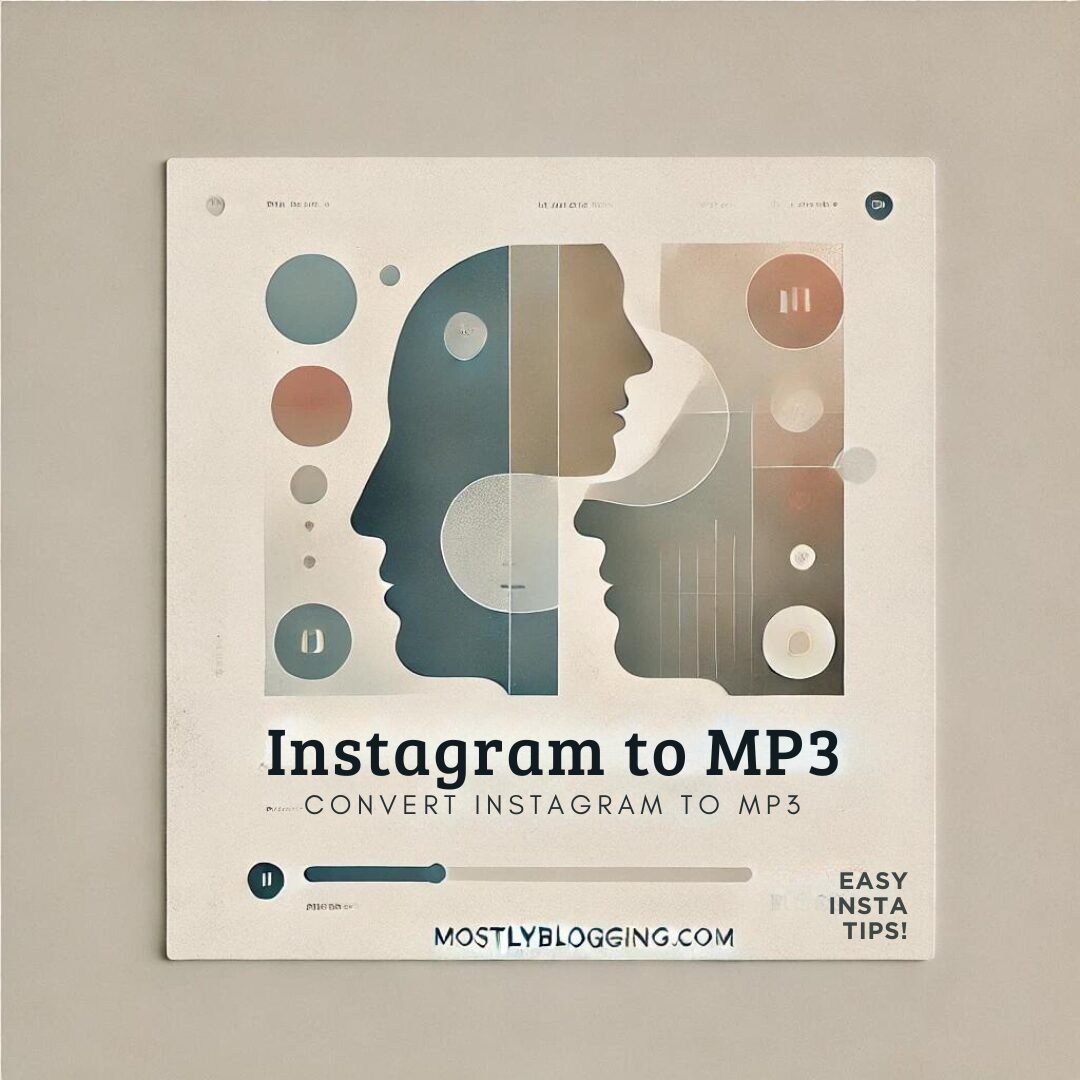In today’s digital age, preserving the integrity of audio content during conversions is paramount for both enthusiasts and professionals. As various media formats continue to evolve, understanding the nuances of transferring audio from one medium to another can help maintain sound quality and ensure a richer listening experience. This blog will explore strategies for effectively transitioning audio recordings into digital formats, providing practical insights for anyone looking to optimize their audio quality.
Understanding the Basics of Audio Conversion
When transferring audio, especially from analog to digital formats, various factors come into play that can affect sound quality. The process of converting sound involves translating analog signals, which are continuous, into digital signals, which are discrete. This transition can result in losses if not done properly, making it crucial to understand the best practices for achieving the highest fidelity.
Analyzing Quality Loss in Audio Transfers
One of the primary concerns when digitizing audio content is the potential for quality degradation. Loss analysis plays a critical role in this process, allowing individuals to identify where and how sound quality may be compromised during conversion. By employing tools that evaluate the audio before and after the transfer, users can pinpoint issues such as distortion or frequency loss. This careful scrutiny ensures that the final product retains its original character, making the listening experience as enjoyable as possible.
Factors to Consider for Optimal Audio Quality
There are several important factors to consider when converting audio formats to avoid compromising quality. First, selecting the right equipment is essential. High-quality analog-to-digital converters (ADCs) can significantly influence the final output, capturing the nuances of sound more effectively than lower-end options. Additionally, maintaining proper levels during recording is vital to prevent clipping and distortion. Paying attention to these details can help achieve a clearer and more accurate representation of the original audio.
Choosing the Right Format for Your Needs
The choice of digital format plays a significant role in how audio is perceived post-conversion. Formats like WAV and FLAC offer lossless compression, preserving all details of the original recording, while MP3, although more convenient for storage and sharing, introduces compression that can lead to quality loss. You can even use a reel to mp3 to turn posts from social media into your desired format. It’s essential to weigh the benefits of convenience against the necessity of preserving audio fidelity. For those looking to maintain the highest quality, using lossless formats is often the best route.
Final Thoughts
Navigating the world of audio conversions can be challenging, but by understanding the importance of quality preservation, individuals can make informed choices that enhance their listening experiences. From conducting thorough loss analysis to selecting the appropriate equipment and formats, each step contributes to the overall success of the transfer process. Emphasizing quality not only honors the original recordings but also ensures that the magic of sound continues to resonate in a digital landscape.



